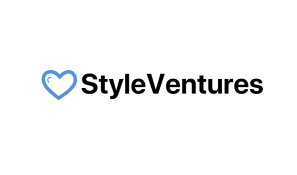The role of a full stack developer encompasses a wide array of responsibilities. These professionals possess fluency in building websites with a robust internal structure while delivering interactive and user-friendly interfaces. To excel in this role, a full stack developer needs expertise in HTML, CSS, JavaScript, and proficiency in back-end technologies and database structures.
Typically involved from the inception to the launch of a product, full stack developers prioritize addressing technical concerns at every level of development. Their journey starts by collaborating with graphic design teams, often reviewing prototypes before translating them into coded products. Following this, these versatile programmers create functional databases and servers supporting client-facing content while constantly evaluating user responsiveness and troubleshooting issues.
The best full stack developers stay updated with current industry trends and emerging technologies, understanding how to deploy these innovations to cater to their employers’ requirements.
Their everyday responsibilities include:
- Crafting client-facing platforms using CSS, HTML, JavaScript, and CSS preprocessors.
- Managing databases and servers.
- Developing functional code across various languages and platforms.
- Collaborating with specialized developers and graphic design teams to deliver high-quality products.
- Keeping abreast of emerging technologies that align with business needs.
- Prototyping minimal viable products to communicate with company stakeholders.
Are Full Stack Developers in Demand?
Absolutely! “Full stack engineer” ranks #8 on Linkedin’s list of emerging jobs in the Canadian job market. The demand for full stack developers is evident due to their breadth of experience across technology platforms. They are adept at interacting with back-end, front-end, and design teams, making them invaluable across diverse industries, not just limited to tech. Sectors that highly value full stack developers include computer software, information technology, internet, financial services, and marketing and advertising.
What Does a Full Stack Developer Need to Know?
The role demands a specific skill set in both front-end and back-end development:
Front End Development: Front-end development focuses on creating user-viewable interfaces. Developers must ensure sites render correctly across various devices and browsers, constantly adapting to new technologies. Essential skills include HTML, CSS, JavaScript, and DOM Manipulation.
Back End Development: Back-end development involves the underlying architecture, encompassing the database, server, and other proprietary software. Skills required include Java, Object-Oriented Programming, SQL/NoSQL, and Python.
How to Learn the Skills
Full stack developers usually possess a bachelor’s degree in computer science, programming, or web development. However, candidates with impressive portfolios, solid references, and open-source work can be equally competitive. Formal education is viewed as important by a significant portion of developers, but self-directed training through online resources, books, and tutorials, or enrolling in coding boot camps, can also equip individuals with the required skills.
Deciding the learning route depends on personal preferences such as learning duration, schedule, environment, budget, and job application timelines.
Making Your Mark In Full Stack Development
Full stack developers are highly sought after in today’s tech-driven landscape, offering promising career prospects in a thriving industry. Aspiring programmers should seize this opportunity, consider educational pathways, and embark on a fulfilling journey in full stack development.
















